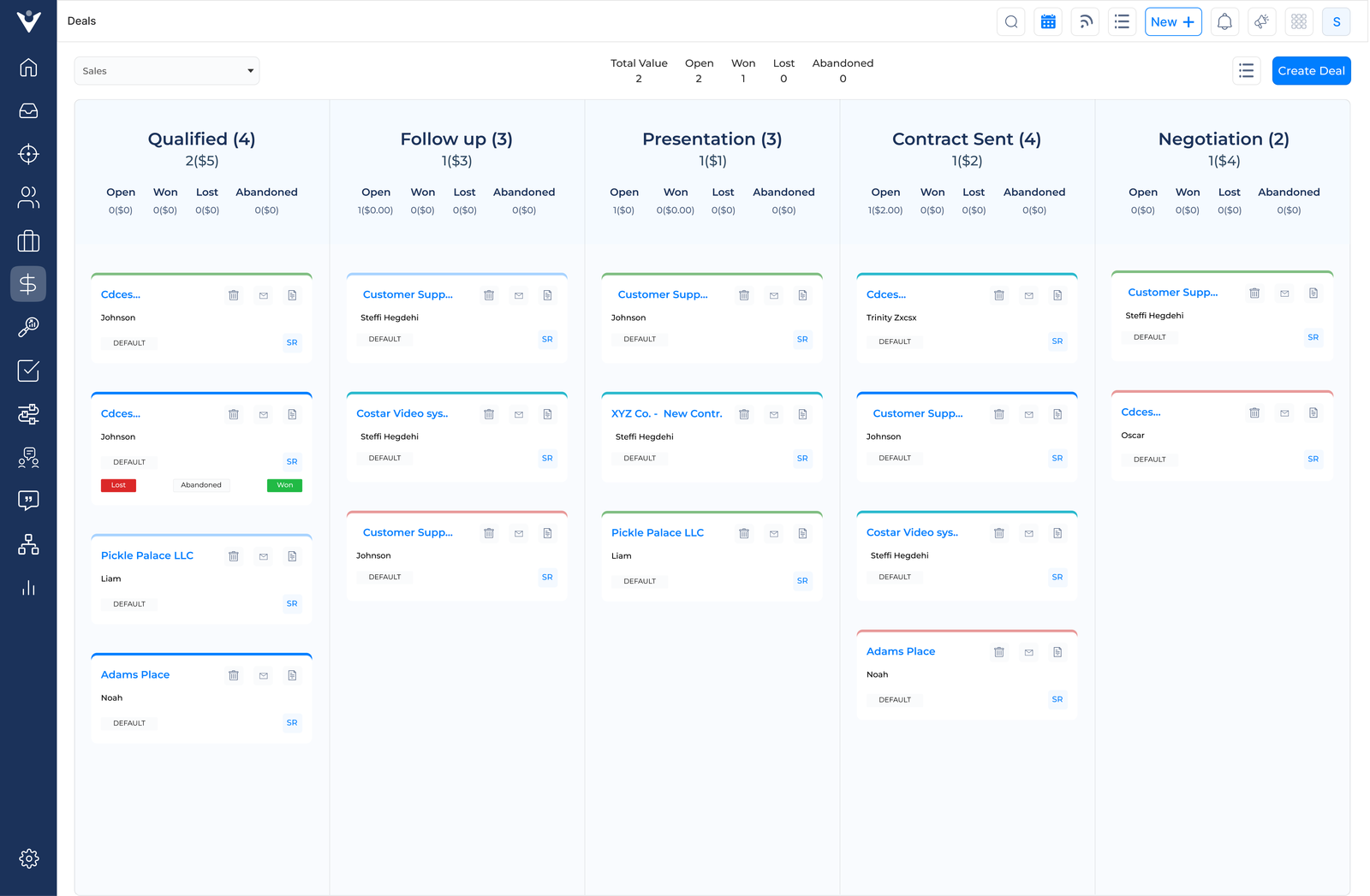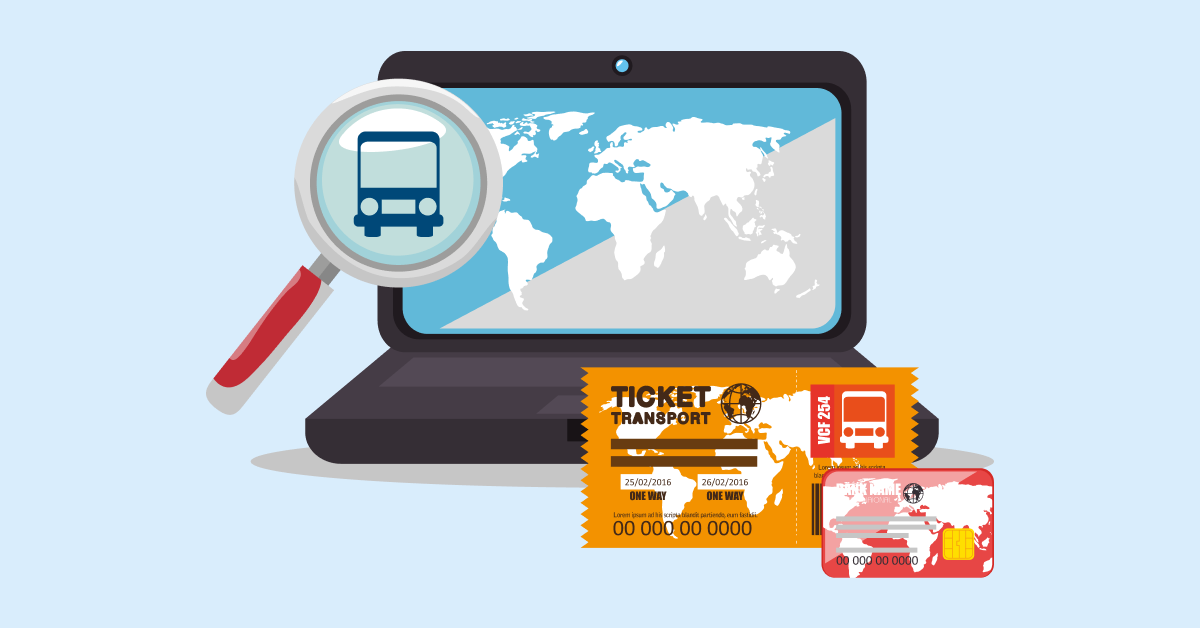1. Contact Management
The feature serves as a centralized database for all customer and prospect information. Sales teams can store, organize and access detailed contact records. It includes communication history, contact details and preferences. Advanced systems can integrate with email and calendar applications, automatically updating records with new interactions.
2. Sales Pipeline Visualization
Visual representation of the sales pipeline is crucial for understanding deal progress at a glance. The feature typically presents deals as cards or entries moving through various stages of the sales process. Sales representatives can quickly identify bottlenecks, prioritize high-value opportunities and ensure no leads fall through the cracks.
3. Lead Management and Scoring
Effective lead management involves capturing, tracking and nurturing prospective customers throughout the entire sales cycle. Lead scoring is a component that assigns values to leads based on various criteria such as demographic information or engagement level. Sales and marketing teams can prioritize their efforts on the most promising prospects, increasing conversion rates.
4. Sales Forecasting and Planning
The platforms can generate accurate sales forecasts by analyzing historical data and current pipeline information. The feature helps businesses predict future revenue and make informed decisions about resource allocation. It also aids in setting realistic targets and developing effective sales strategies.
5. Reporting and Analytics
Robust reporting provides insights into sales performance, team productivity and business health. The platforms often offer customizable dashboards, real-time data visualization and the ability to generate detailed reports. The data-driven approach enables sales managers to make informed decisions, identify areas for improvement and refine sales strategies.
6. Workflow Automation
Automation features streamline repetitive tasks, allowing sales teams to focus on high-value activities. It can include automated lead assignment, task creation, follow-up reminders and approval processes. The platforms increase efficiency, ensure consistency and minimize the risk of human error by reducing manual data entry.
7. Multichannel Inbox
A multichannel inbox consolidates communication from various sources (email, phone, social media, chat) into a single interface. The feature enables sales representatives to manage all customer interactions efficiently, ensuring no communication is missed. The multichannel inbox also provides a comprehensive view of the customer’s engagement across different channels, facilitating more context-aware interactions.
8. Email Automation
Email automation allows sales teams to create, schedule and send personalized email campaigns at scale. The feature often includes email templates and performance tracking. Sales leaders can maintain consistent engagement with prospects and customers while focusing on more complex sales activities by automating routine email communications.




















